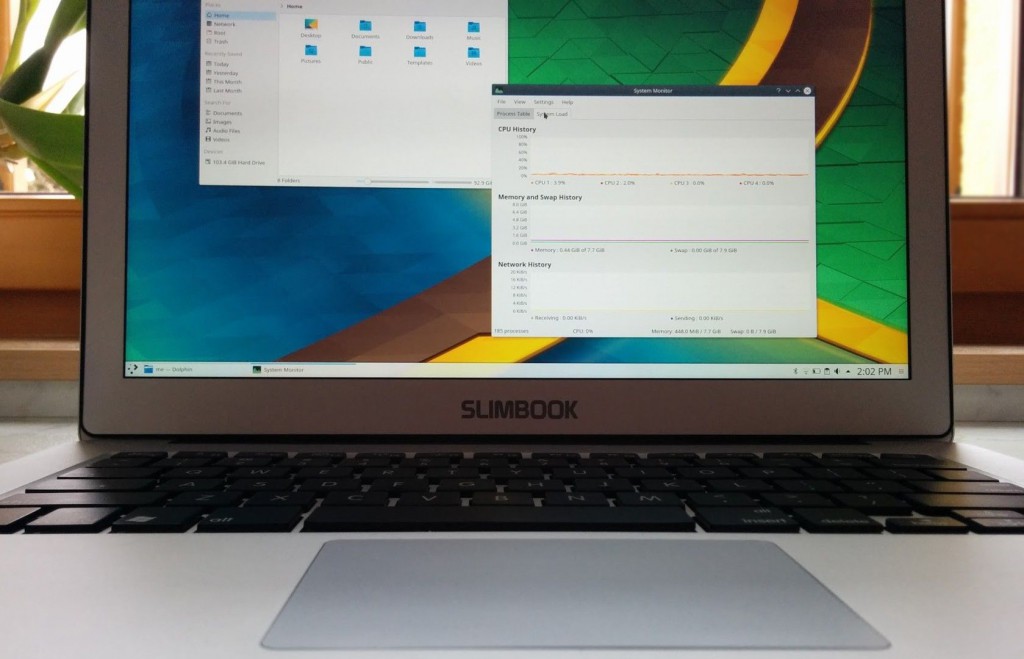Share This
Related Posts
Tags
KDE Slimbook
By Anca Gagiuc on Mar 10, 2017 in Technology
The world has three major personal computing platforms: Microsoft Windows, macOS and Linux kernel-based. Though there is no reliable way to know the exact usage share of each of these operating systems, there are estimates.
A recent stack overflow web developer survey says that usage among English speakers is broken down as follows: Microsoft Windows – 52.02 percent; Apple macOS – 26.2 percent; Linux kernel based – 21.7 percent.
Despite benefits as an independent, open-source platform, Linux is the orphan child. Unlike Apple, which is dedicated to making sure hardware and software work in sync, and unlike Windows’ licensing fees and requirements to ensure that hardware providers come up with proper drivers and support, Linux users can go through hoops to get running on different hardware.
The usual method to get Linux on a computer typically involves digging for information on multiple forums, using how-to-guides and hoping that at least one other member of the community has experienced the issue that you’re facing. You’re probably familiar with this scenario: desktop Linux user buys a Windows laptop, wipes the hard drive and installs Linux on it. Afterwards, he realizes that he is on his own, with no support from the laptop manufacturer. That’s the life of a Linux user— solitary as a trade-off for safety.
This segment of users has seen an ever-rising interest from manufacturers—Dell has been selling Ubuntu versions of their XPS laptops for a few years now, as has System76 and Lenovo. More recently, the KDE community in collaboration with Spanish laptop retailer Slimbook launched their very first KDE laptop. Their goal is not (just) to make a lot of money, but through its homogenized hardware to bring Linux to more users.
KDE is an international team cooperating on development and distribution of free, open source software for desktop and portable computing. They came up with a MacBook Air clone (design-wise): the same beautiful aluminum body with a 13-inch screen equipped with a Full HD resolution of 1920 X 1080 pixels and LED lighting. Under the hood it packs Intel processors ranging from i3 to i7, dual core CPUs with performance up to 2.4GHz, up to 16GB RAM and up to 500 SSD of storage.
The keyboard is backlit, but there is no word on the technology used for the trackpad, which boasts the same size as the one on the MacBook Air. Price-wise the more modest i5 version of the Slimbook starts at around $780, while the high-end version sells for $1,357, not too far behind the $1,549 you’d pay for Apple’s 13-inch MacBook Air. This raises a poignant question—isn’t the price a bit too high for a device that claims to offer free software?
Even though the device is marketed as the go-to hardware for Linux users, the retailer announces on its website that the OS it ships with can be either Linux or Windows. Any Linux users out here?
